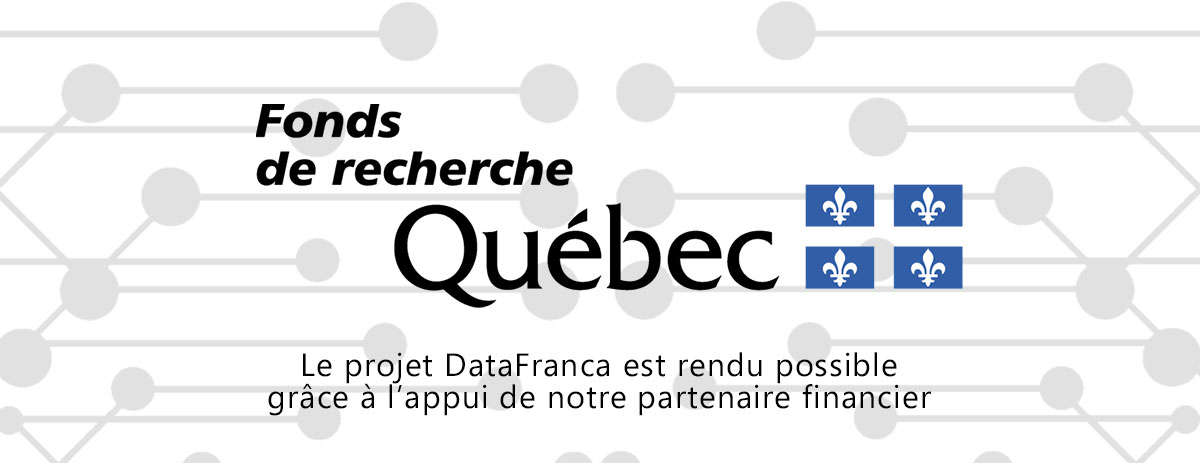Structured State Space Sequence
en construction
Définition
XXXXXXXXX >>>>>>> VOIR Réseau à base de séquences d'espaces d'états structurés
Français
séquences d'espaces d'états structurés
Anglais
Structured State Space Sequence
S4
S4s, also known as structured SSMs, can be functionally similar to recurrent neural networks (RNNs): They can accept one token at time and produce a linear combination of the current token and an embedding that represents all previous tokens. Unlike RNNs and their extensions including LSTMs — but like transformers — they can also perform an equivalent computation in parallel during training. In addition, they are more computationally efficient than transformers. An S4’s computation and memory requirements rise linearly with input size, while a vanilla transformer’s rise quadratically — a heavy burden with long input sequences.
Source
Contributeurs: Claude Coulombe, wiki










